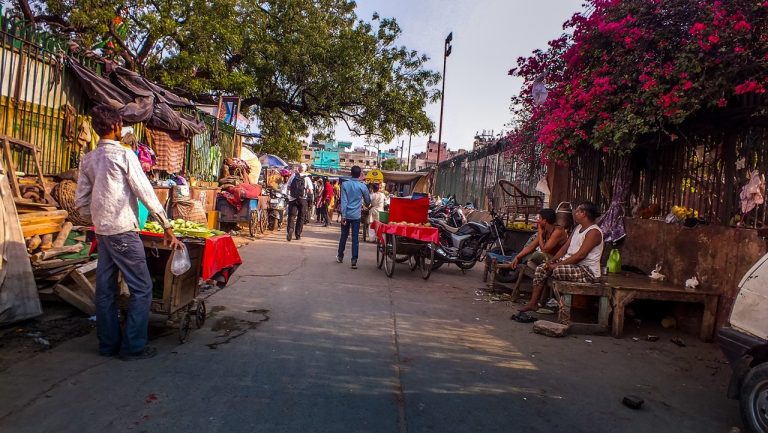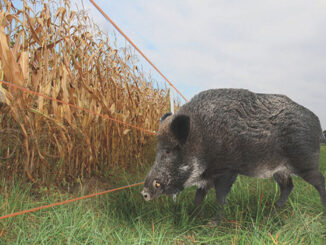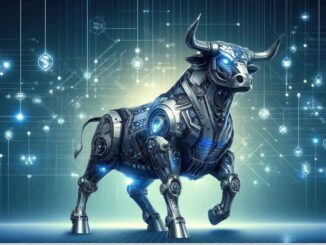
Topics covered
With a population of 1.3 billion, India is the most populous country in the world after China – even though it is set to surpass it in the coming decades. While the birth rate in China has now fallen to 1.6 children per woman – that is below the threshold of preservation – in India it is still 2.5 and does not seem likely to change abruptly in the near future.
However, India already has a record in terms of human geography – the country with the greatest cultural diversity among its population.
Talking about Indian society as a single body is in fact impossible, and the same national identity has a different importance for each inhabitant.
Each individual feels defined by his or her language, family heritage and religion as well as being an Indian citizen – and the latter often takes second place to other cultural traits.
Ethnicity in India
By “ethnicity” we mean a group of individuals who share characteristics such as culture, history, language, territory or religion, and for this reason claim a common identity opposed to that of other ethnic groups. It is possible to outline 4 major groups within the Indian population:
- Indo-Aryan: descendants of the population arrived in India from 1800 BC from the highlands of Persia and since then majority group of the central and northern area of the country.
- Dravidian: major ethnic grouping of southern India and of many archipelagos of south-east Asia, present in the south of the peninsula for millennia and base of the empires that resisted until the English colonization.
- Tibeto-Burmese: minority present in the mountain border areas.
- Austro-Asian: minority group divided into small communities. It has lived since ancient times in some areas close to the Bay of Bengal.
Beyond these four main ethnic groups, there are at least 400 tribal groups of various origins, spread mainly in the north of the country, which together represent 8% of the population of the subcontinent.
Language
In India, 22 recognised languages are spoken, but according to census data, the most widespread are two. Hindi is the first language of 39.85% of the population, but also considering the Urdu language, based on different characters, but on the same grammar as Hindi, the percentage of Indians sharing the first language is almost 45%. If we also count the dialects, defined as geographically concentrated languages and spoken by less than a million people, the total number of idioms reaches 1590 – with 66 different alphabets, too.
English proved to be an excellent social glue from the linguistic point of view, but only for the middle classes. Since the time of the British colonization, English has been the language of the government and consequently the added value with which to compete for the best jobs. For many, the opportunity for integration offered by English is actually realized in the umpteenth highlighting the difference between privileged and unprivileged, effectively excluding the latter from the possibility of improving their status.
Religion
The majority of the Indian population is Hindu (79%) while the Muslim population represents the second group of the country (14%) since the secession of Pakistan and Bangladesh. Christians (2.3%) and Sikhs (1.7%) represent very active minorities and beyond the traditional religions in the subcontinent, the cults of the personality of prophets and gurus are widespread.
Caste
Caste is one of the oldest forms of hierarchical social stratification, at least 3000 years old. Hindu society has traditionally been divided into Brahmin (priests and scholars), Kshatriya (warriors and rulers), Vaishya (merchants) and Shudra (workers), to which are added the Dalits, casteless and at the bottom of the social hierarchy. These groups are in turn divided into more than 3000 minor castes and 25,000 sub-castees. In the daily life of many Hindus, caste still defines interpersonal relationships, especially in rural areas where this ancient social segregation is still strong. Here complex social rules govern marriages, work and simple daily interaction between members of various social groups.
The Indian state does not recognize the division into castes and actively pursues any discimination based on it – this is a fundamental point of the democratic Constitution. Since the 1950s, governments have also been engaged in programmes to promote the social mobility of the most discriminated caste. Although legally abolished, however, this system still weighs on the lives of many Indians.









Leave a Reply